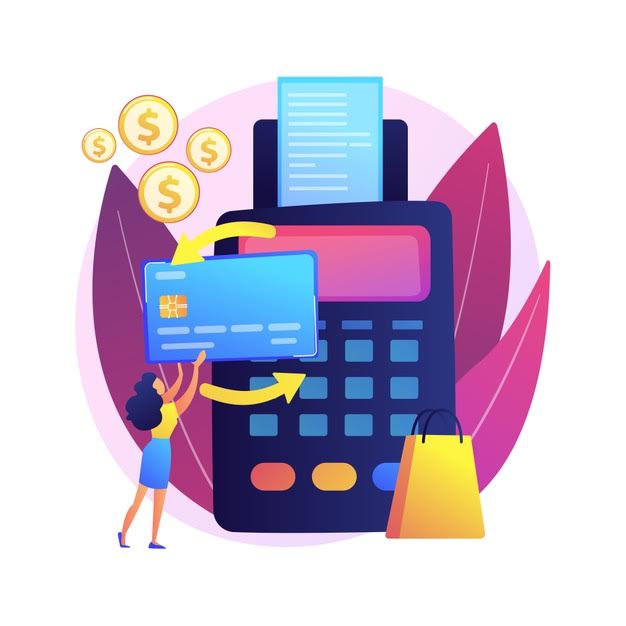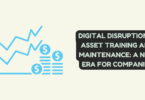
Secure Payment Gateway Integration
E-commerce has taken the world by storm. Together with the ever-growing number of internet and smartphone users, selling products and services online has become a primary way of making profits for companies.
That, in turn, made payment gateway integration a vital step in the USA software development process. Shopify looked into Baymard’s Institute statistics and found that 70 out of 100 customers leave the app or website without finalising the purchase. And lack of trust in the website along with long checkout made it to the top-5 reasons to abandon the shopping cart.
A secure and efficient payment gateway is not a magic pill, but it has the power to influence the users’ purchasing behaviour and remove some of the roadblocks between them and the product.
Emphasoft works with many e-commerce businesses on integrating payment gateways and building the workflow overall. So we’d like to share the insight that we’ve learnt over the years in hopes of helping someone streamline their integration process and start selling without delays.
How does the payment gateway work?
The payment gateway is a bridge between the user and the company. It processes clients’ banking cards and other key payment information in several steps:
- The card information’s data is sent to the gateway’s web server.
- The web server executes the sale.
- The server sends sale confirmation back to the website.
Additionally, payment gateway systems check that the client has enough funds for the transaction, provide refund functionality and security tools, such as encryption for CVV codes, card numbers, and expiration dates, to guarantee safety.
It also enables authorisation and capture. For example, if your product is in the MVP development stage at the moment of purchase, the money won’t be transferred right away but rather your payment gateway will confirm (authorise) that the client has the means to pay. Then, once the product is ready and shipped, the previously authorised funds will be captured, i.e. transferred to the seller.
Integrating the payment gateway: your options
All payment gateways are created for the same purpose, yet they come in different formats. It’s best to familiarise yourself with all available options prior to making the decision and integrating one of them.
Primarily, payment gateways can be hosted and non-hosted, or, as some would also call them, internal and external.
A hosted (external) gateway:
- Will send your clients to another website to process the payment and, once the payment is complete, the user is redirected back to your website.
- Easy to deploy but you lose control once the client is redirected, so if they are distracted for any reason, you won’t be able to influence them and will risk losing the sale.
With hosted gateways, the integration process is very straightforward. Once your online store is all set up and the payment gateway is chosen, it takes you a few simple steps to make everything work:
- Sign up for your payment gateway of choice and get the information, such as login and password or an ID and authorisation, that you’ll then send to your online store provider.
- Sign up for a merchant account and link it with your payment gateway to receive payments from customers.
- Add gateway information for all payment methods you will be supporting.
With the non-hosted (internal) payment gateway:
- Clients stay on the same page throughout the entire process.
- Such gateways are believed to be more secure, provide a better user experience and seem more reliable to clients.
- Require more work on the company’s end.
- Provides more data on consumer behaviour.
Non-hosted gateways will require some knowledge of coding and the relevant programming language. Most of such services provide APIs and modules that web developers can use to integrate the gateway with a standard website. However, if you run your website on a custom engine, the integration will require a more profound knowledge of technologies.
Building a payment gateway from scratch
An alternative approach to payment gateways would be to build your own.
Some enterprises do that to create a unique user experience, enhance security, or avoid external fees. But because it is a complex and, often, a pricey endeavour that requires advanced tech skills, good project management, and experience to be successful, most startups choose to work with an existing solution rather than creating a custom one.
However, if you have the resources, including time, creating a custom payment gateway software is definitely a feasible way to go. In case you are not sure how to go through each step of the process, such as complying with financial regulators or building a hosted payment page, outsourcing all or some of the tasks to a software development company will get you the results you want faster and with less stress.
Tips for selecting and evaluating different payment gateways
Lastly, we’d like to share the tips that will help your company find the best payment gateway solution and grow the business exponentially.
- Check if your online shop software provider offers ready integrations with a selection of payment gateways. You don’t have to choose one of them, but if you do, the integration will be fast and smooth because the provider has already done most of the groundwork.
- Find a list of supported (but not integrated) payment gateways. There are plenty of alternatives out there and not every one of them will be supported by your online shop provider. Make sure you find the approved list first and base your evaluation on them to avoid time waste.
- Be careful with fees. Payment gateways more or less operate with the same model. You will likely be charged a one-off fee during the initial setup. Then, you’ll incur a monthly fee and/or a fee per transaction. As you consider the alternatives, make sure you compare the rates and select the payment gateways that make financial sense to your business.
- Don’t forget to test each step of the way to guarantee that payment will be smooth for all customers. Normally you should be provided with a sandbox account to run the tests. If you haven’t, check with your payment gateway system of choice.
Conclusion
Payment gateway systems come in different shapes and forms. There are many ready-made solutions on the market that companies can choose for fast integration with their website. If the business has specific ideas or requirements for a payment gateway, the possible option would be to create a custom solution from scratch with the help of the internal team or an outsourcing software development company.
Regardless of the company’s choice, the central point of attention must be convenience and safety for the users. If clients have a less-than-perfect experience with the payment process, they will drop off, making all previous promotion steps a waste. A powerful digital payment gateway will secure the last step in the sales funnel and help the business flourish.






